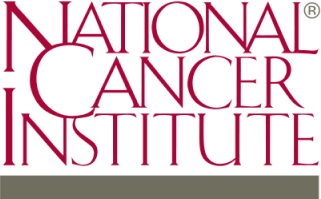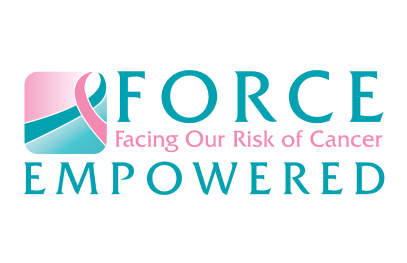Ovarian cancer refers to cancer that starts in the ovaries. Two cancers related to ovarian cancer are primary peritoneal cancer and fallopian tube cancer. The type of cells that cover the ovaries are called epithelial cells. These cells also make up the lining of the pelvis and abdomen, called the peritoneum, and the lining of the fallopian tubes. Approximately 80-85% of ovarian cancers begin in the epithelial cells of the ovaries, peritoneum, or fallopian tubes.
There are several other types of ovarian cancers, as well as different types of non-cancerous ovarian tumors. Knowing the type of ovarian cancer a woman has is important because it can provide information about the chances of having a hereditary form of ovarian cancer.




